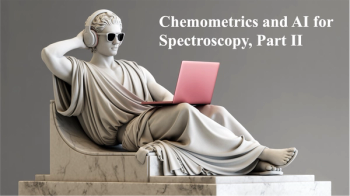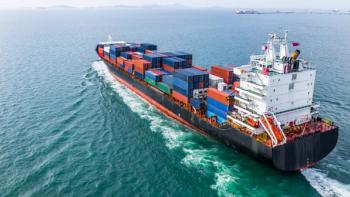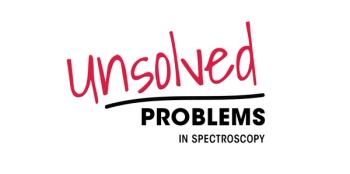
- Application Notebook-02-11-2011
- Volume 0
- Issue 0
Fat Analysis in Food and Feed with NIR
Fat and other nutritional values can easily be determined by NIR analysis. However a proper sample preparation beforehand is essential for a correct result.
Fat and other nutritional values can easily be determined by NIR analysis. However a proper sample preparation beforehand is essential for a correct result.
The fat content is one of the most important parameters for the quality control of food and feed. On the one hand, the fat content contributes greatly to the nutritional value of a product; on the other hand, some fats (e.g. milk fat or cocoa fat) are quite expensive components and should therefore be used economically.
Fat Analysis Methods
There are various methods of quantitative fat analysis. Which method is applied depends on the sample material, the required accuracy and the time frame. Solvent extraction according to Soxhlet and Weibull-Stoldt are two of the classic methods but need a separate step to determine the fat content.
NIR Spectroscopy
In addition to the above mentioned classic extraction methods Near Infrared (NIR) Spectroscopy has established itself as an alternative. This method not only allows for the determination of the fat content within seconds, but also of further important parameters such as protein, humidity, and carbohydrates. Moreover, NIR spectroscopy is carried out without the use of chemicals and can be applied close to the production process. For quantitative NIR analysis, inhomogeneous samples will yield inaccurate results. If the concentration of fat is not distributed homogeneously, the results can vary greatly, depending on the part of the sample which was analyzed. To avoid this, it is important to carry out reproducible size reduction of the sample before it is measured in the spectrometer.
Size Reduction of Samples with a High Fat Content
To determine the fat content by NIR, it is necessary to prepare the sample beforehand. During the preparation process care must be taken that the fat content is not altered in any way. If size reduction is improperly conducted, then a loss of fat is unavoidable. Incorrect accessory configuration and operating parameters will inevitably lead to the loss of fat content; the residues will remain inside the grinding chamber and tools. The sample must then be rejected and the mill must be cleaned.
Figure 1: Grindomix GM 300.
The RETSCH Knife Mill Grindomix GM 300 (Figure 1) is preferably used for materials with a high fat content such as fish pellets, meat, sausages, or cheese. This mill grinds and homogenizes sample amounts of up to 4.5 liters through cutting and/or impact effects in a liquid-tight container. The final fineness and the degree of homogenization are determined by the variable speed. The mill provides reliable operation, reproducible results, and can be equipped with heavy-metal-free grinding tools. Figure 2 shows three ground dog food samples and a corresponding NIR spectrum. It takes only 1 min at 2500 rpm to grind 500 g of this sample to homogeneity in the GM 300. Within a few seconds it is possible to obtain a NIR spectrum which allows a reliable quantitative statement on the fat content of the sample.
Figure 2: Dog food pellets before and after size reduction and corresponding NIR spectrum.
Accurate and reproducible results are essential for proper sample preparation. This can be assured by using the correct equipment, which gently but effectively homogenizes the sample.
Retsch Inc.
74 Walker Lane, Newtown, PA 18940
tel. (866) 473-8724 or (267) 757-0351, fax (267) 757-0358
Email:
Articles in this issue
over 14 years ago
Generating Purge Gas for FT-IR Spectroscopyover 14 years ago
Finding Gold Just Became Easier than Ever Imaginedover 14 years ago
QA/QC of Coatings and Surfaces via Exoscan Handheld FT-IR Analyzerover 14 years ago
Mapping Protein Conformational Stability Using Automated CDover 14 years ago
The Application Notebook - A Stable Force Over the YearsNewsletter
Get essential updates on the latest spectroscopy technologies, regulatory standards, and best practices—subscribe today to Spectroscopy.





